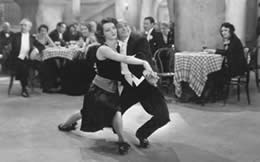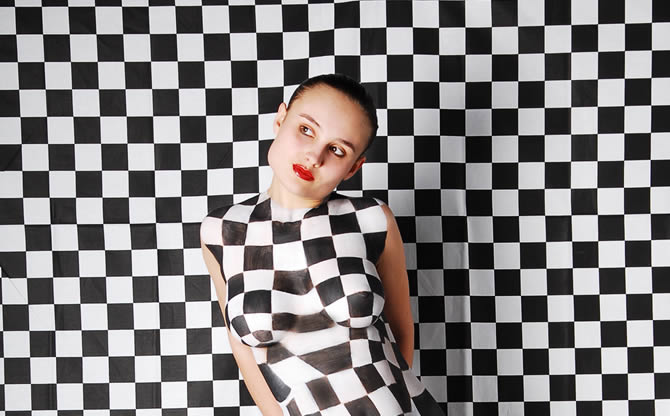If you’re still wondering about how to put your best foot forward at a milonga, and about what to do or even more importantly, what not to do, here are 5 simple tips for a starter!
Tip n. 1: No music, no embrace

|
When you invite someone, it’s better to wait a bit before embracing one another. In Buenos Aires, it’s customary for people to have a chat before building the embrace. This is the occasion for both partners to tune into to the music and in a certain way, to start connecting with one another. |
What to do: In London, people tend to start dancing soon after the music starts but nothing says you can’t take your time. If possible, avoid embracing your partner when there’s no music.
Tip n. 2: If it’s not tango, avoid dancing
In a milonga, songs are grouped in what is called a “tanda”. A tanda is a set of 3 or 4 songs, usually by the same orchestra. When you invite a partner (or when you are invited), you are basically “signing up” to dance the whole tanda with the same person.
In between tandas, you will hear a small piece on non-tango music – it can be pop, rock, jazz… Anything. Ours at Los Angelitos is “For me, formidable” by Charles Aznavour, a lovely and cheeky song which you can discover by clicking on the link below if you are curious:
What to do: The point of the cortina is to give dancers enough time to leave the dancefloor, spot their next partner and invite them for the next tanda. So just do that…. Or, if you really enjoyed dancing with your current partner, you can stay on the dancefloor for the next tanda.
If you are standing next to someone who starts to behave exuberantly, best look dignified.
Tip n. 3: Beware of “Thank yous”

|
Tango has its own code and etiquette and when dancing with someone, saying “thank you” can have devastating effects, e.g. them dropping you in the middle of the dancefloor! If it ever happened to you, you’ll know it’s not the nicest feeling. Why would people do that? In tango, “thank you” is commonly understood as “thank you, we’re done here!” |
Apparently, this comes from the Argentines’ custom of sharing their local tea (called mate). Mate is poured in a recipient which is shared around. When someone doesn’t want anymore mate, they simply say “thank you”.
What to do: Even if you’re having the time of your life, keep your joy inside and only say thank you at the end of the tanda.
Tip n. 4: Garlic and perfume… Think again!

|
You might have noticed, in tango, we kind of get close to one another. So to keep things social, it’s better to keep certain things under control- for instance, body odour! What to do: Go easy on garlicky food even if you fear a vampire attack on your way to the milonga. Also go easy on your Channel 5, 19… |
Tip n. 5: Dancing is best done on the dancefloor
The dancefloor is meant as a space to dance, as the name implies. To ensure everyone has a nice time, it’s better not to:
– stand on the dancefloor even if -or especially if- engaged in a highly philosophical conversation about Proust’s “A la recherche du temps perdu” (7 books).
– cross the dancefloor, especially if carrying a glass of red wine.
– teaching someone a new step or correcting their technique.
With these tips in mind, we hope to see you soon on the dancefloor! If you don’t feel ready for a milonga, you can try Milonguita, our milonga for beginners and anyone still milonga-shy. We also organise a weekly milonga in Angel and our very atmospheric Los Angelitos runs twice a month. There are also many other milongas in London to choose from.
See you soon on the dancefloor!
Abrazo,
Nati y Bruno











